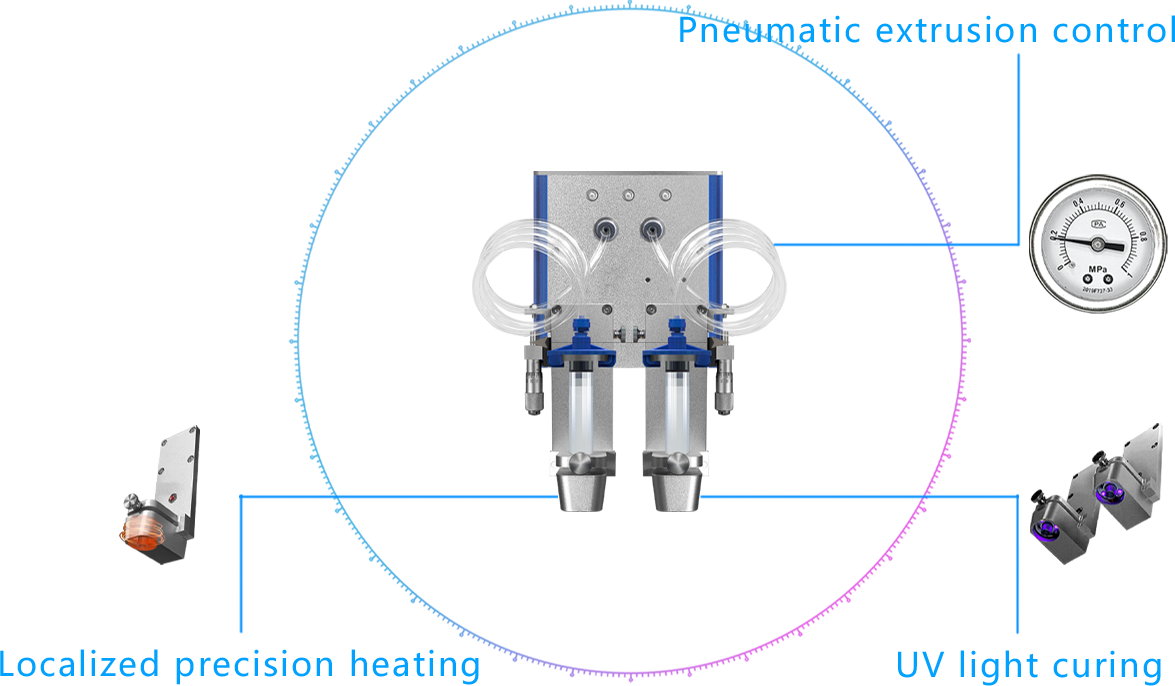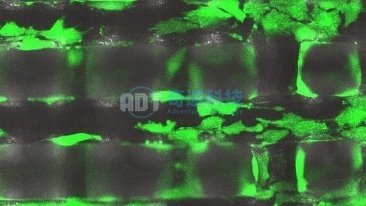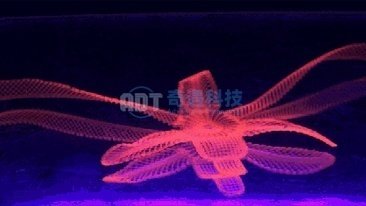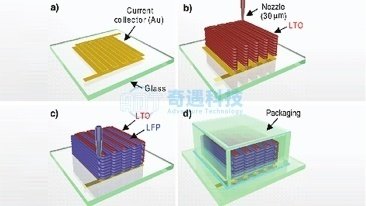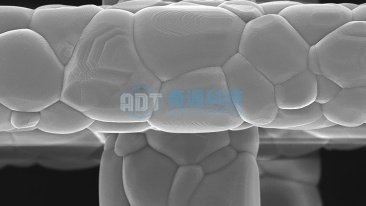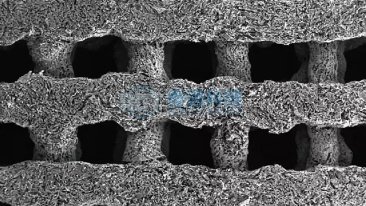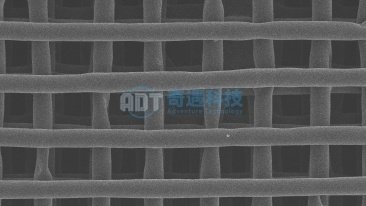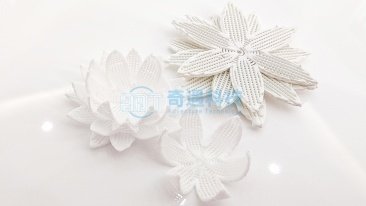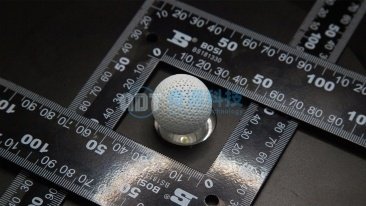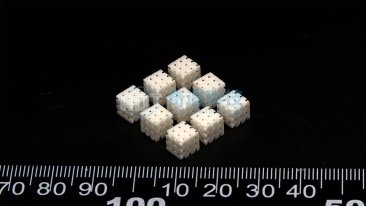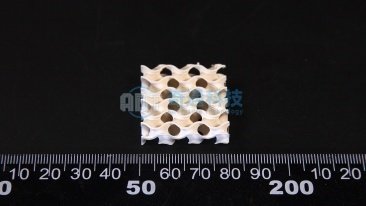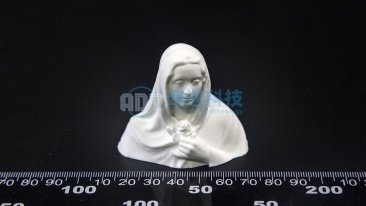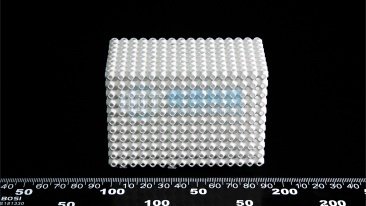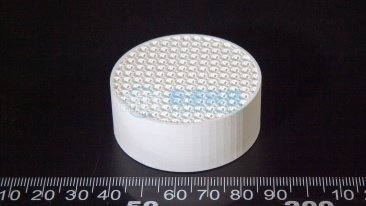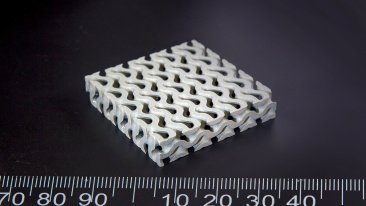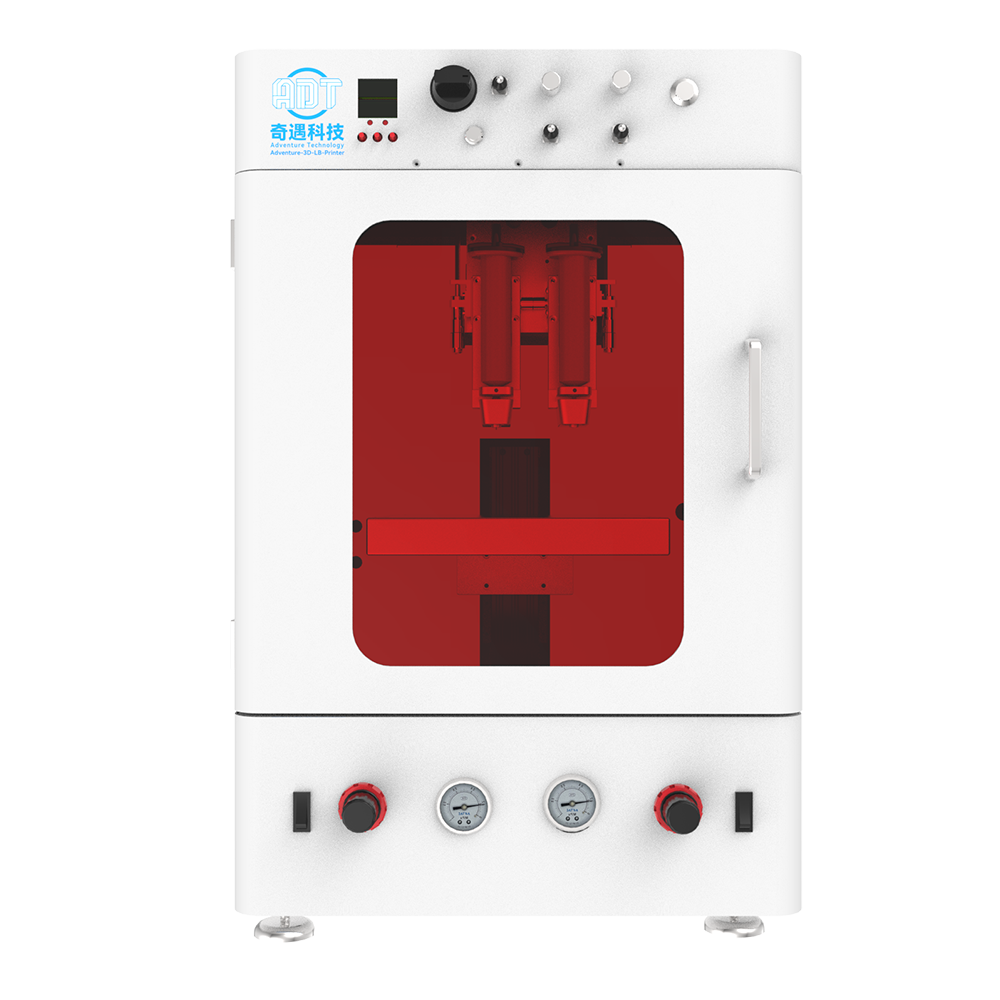
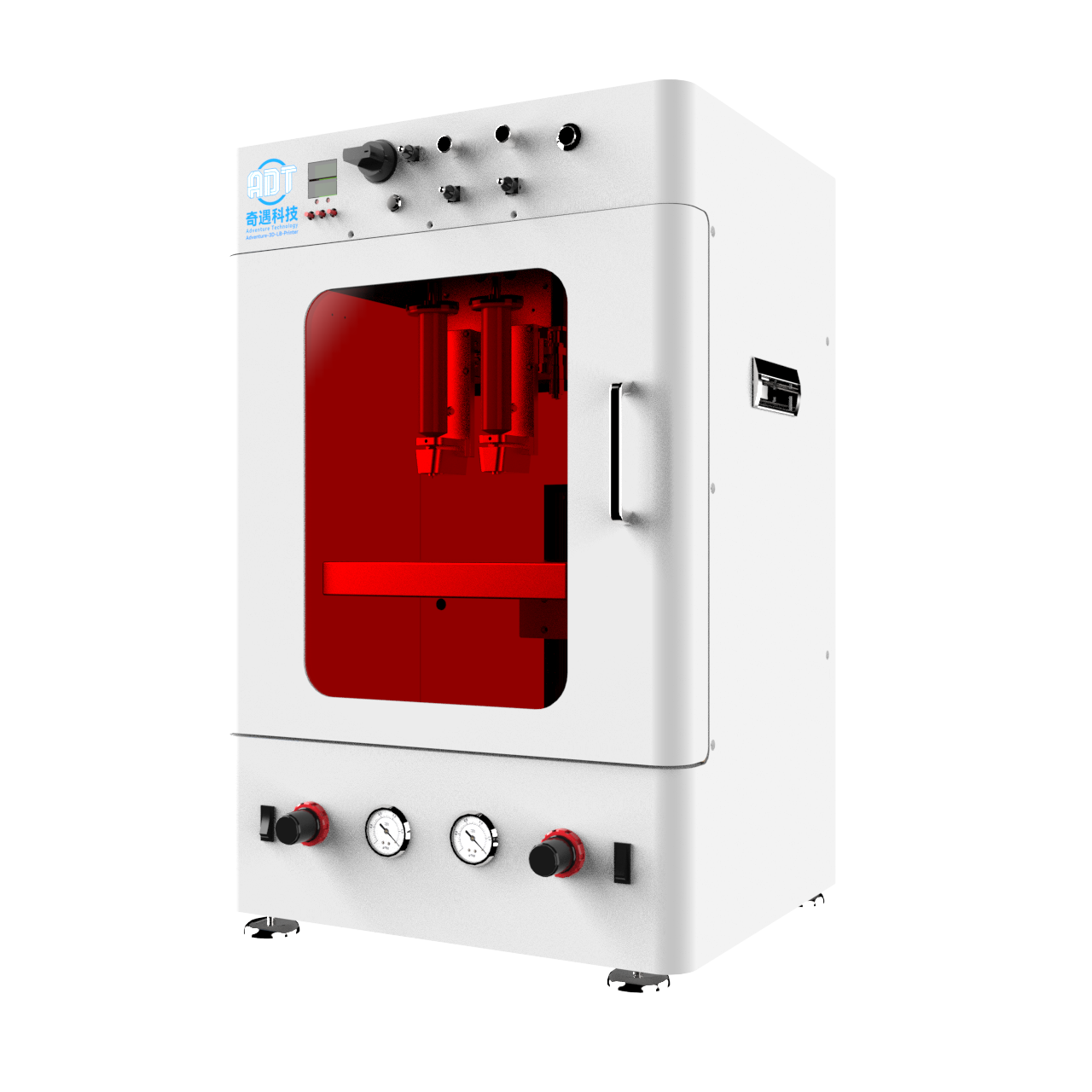
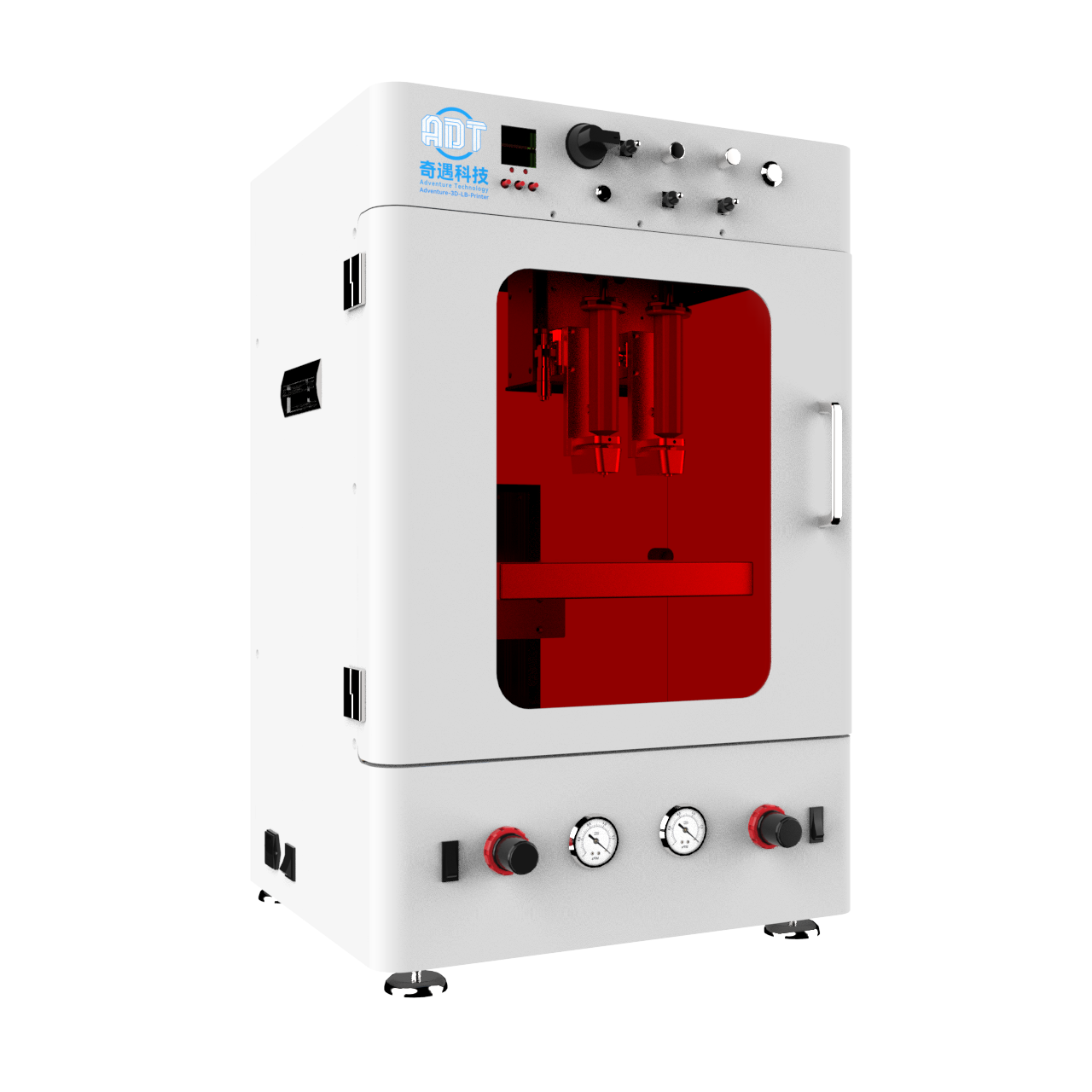
Direct Writing 3D Printer - Starter Version
- 1
Intelligent 3D/4D Print Path Planning
Self-developed “ADT-Slicer” and “CAD-Slicer” software for easy implementation of 3D and 4D printing.
- 2
High Precision
High repeatability and motion resolution.
- 3
Flexible Print Control
Supports instant material start/stop with adjustable print speeds from 25% to 300%.
- 4
Multi-Material and Multi-Model Printing
Dual nozzle and precise control system enable single model-multiple materials and multiple models-multiple materials printing.
- 5
Custom Options
Supports base heating, extruder heating, and nozzle photocuring features.
Why Choose Our Ceramic 3D Printing Solutions

Precision Printing
Achieve unparalleled accuracy in ceramic 3D printing for complex geometries and intricate designs.

Dental Printing
Create precise dental restorations, implants, and prosthetics with advanced ceramic 3D printing.

Medical Ceramics
Produce biocompatible ceramic components for medical implants and surgical tools.

High-Quality Materials
Utilize advanced ceramic materials for durable and high-performance components.

Eco-Friendly
Sustainable printing methods reduce waste and environmental impact.

Versatile Applications
From aerospace to medical, our technology supports diverse industry needs.
Product Introduction

Self-Developed Control Software
Equipped with our proprietary ADT-Slicer software for precise control, allowing for "one-stroke forming" to achieve efficient and stable printing results. Paired with the CAD-4D printing engine for easy implementation of 4D printing.
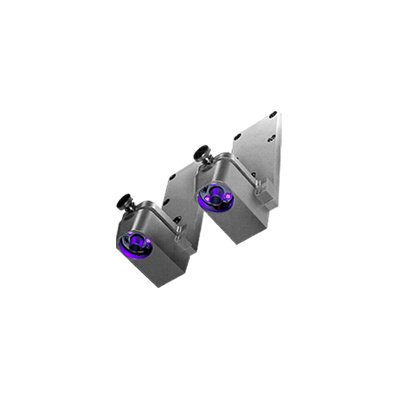
Supports Multi-Material Printing
Supports multi-material printing, ideal for material research in academic settings. Capable of printing biological tissues, cells, biocompatible materials, and ceramics. Users can select various material combinations for material validation and performance testing in research projects, flexibly meeting laboratory printing needs.
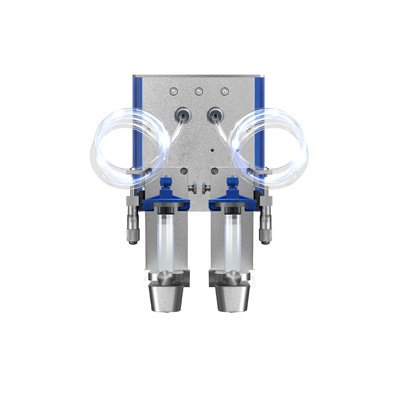
Multi-functional Extrusion Nozzle
The multifunctional extrusion nozzle combines three features: high-precision pneumatic control, localized heating of the print head, and UV light curing. It supports stable extrusion of various materials, meeting researchers' needs for different materials in experiments and ensuring efficient and stable material deposition.
Printing Case
For more case and model information, please contact us
| Equipment name | Direct Writing 3D Printer-Starter Version | |
|---|---|---|
| Equipment type | ADT-3D-LB-Printer-0100 | ADT-3D-LB-Printer-0050 |
| Equipment size | 450*380*680mm | 460*390*700mm |
| Formating space | 100*100*100mm | 120*120*120mm |
| Motor type | Servo motor | Dc servo-mute |
| X/Y axis transmission structure | GT2 timing belt (Preload) | |
| Z axis transmission structure | Mute module | |
| Guide rail model | MGN12 | |
| Repeatability | ±100μm | ±50μm |
| XY linewidth motion resolution | ≤10μm | ≤5μm |
| Layer thickness resolution | ≤20μm | ≤15μm |
| Number of extruder heads | 2 | |
| Base heating | Up to 60℃ | Up to 80℃ |
| Base refrigeration | - | -5℃ (room temperature ≤20℃,humidity ≤40%RH) |
| Base refrigeration | - | -5℃ (room temperature ≤20℃,humidity ≤40%RH) |
| UV curing | - | √ |
| UV light source power PWM modulation | - | √ |
| UV light source power | - | Standard configuration 0.6W (optional 1.5W) |
| UV light selectable | - | Standard configuration 405nm (optional 365/385nm) |
Equipment Printing Process

Constructing Magnetic Field Controlled 4D Photonic Crystals
Magnetic Field-Controlled 4D Photonic Crystals via Adventure-3D-LB-Printer Fine Direct Write 4D Printing

Constructing μm-Scale THz Photonic Crystals
μm-Scale Photonic Crystals Fabricated by Adventure-3D-LB-Printer Fine Direct Write 3D Printing

FAQ: 3D Ceramic Printer
| Equipment Type | ADT-3D-LB-Printer-0100 | ADT-3D-LB-Printer-0050 | ADT-3D-LB-Printer-0005 |
|---|---|---|---|
| Equipment Size | 460×390×700mm | 460×390×700mm | 590×470×750mm |
| Forming Space | 100×100×100mm | 120×120×120mm | 150×150×150mm |
| Repeatability | ±100μm | ±50μm | ±5μm |
| Number of Extruders | 2 | 2 | 2 |
| Base Heating | Up to 60℃ | Up to 80℃ | Up to 80℃ |
| Base Refrigeration① | - | -5℃ | - |
| UV Curing | - | √ | √ |
| UV Wavelength | - | 405nm | 405nm |
| Printable Material | Bio-materials, Living cell-based biological tissues, Ceramic materials, etc. | ||
① Conditions: room temperature ≤ 20℃, and humidity ≤ 40% RH.
Note: The plus version requires customization.
